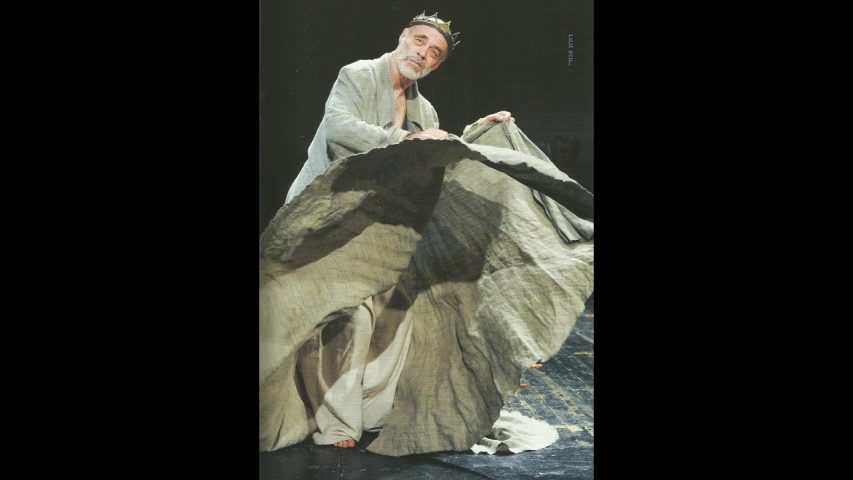About
The eternal recurring questions are: How to die? When to die? Who decides our death? How to define the moment when a person is regarded by the living as good as dead? All this surfaces again in the play…
Some believe in reincarnation, and for those life never ends. There is queen Marie’s theory: Love life, connect with others, and through them you’ll go on living forever. Queen Marguerite’s theory is, when one is about to die, this is final, and therefore one must prepare for one’s death, exercise every day. The king however did not do any of these; for him, so long as he can breathe, he clings to life, everything will die with him, and nevertheless he demands all others to remember only him… Is this the end of the king’s journey on earth, or the beginning of a new journey? The protagonist, the king (and the audience) is informed right in the beginning of the play that by the end of it he is going to die. There is no surprise, no drama, no one can kill him, and thus there is no battle of dramatic action. Still, we want to see and hear how will it come to pass… Ionesco defined his own plays as “anti-plays, expressing atmosphere and not ideology, impulse and not message.”
The design of the stage and auditorium’s space was made possible through the special structure of our home theatre, Nachmani Hall: the original brick wall of the building, the old wooden stage that is also the floor for the audience, and the use of the wood steps between the two aisles, which the king climbs going to his “end”, joining us, with the lights flooding him and us. The painted chalk circle on the stage allowed a circular movement to the actors, neutralizing the flattening of the stage to right and left.
Credits
By Eugene Ionesco.
Translated by Dori Parnes.
Directed by rina Yerushalmi.
Space design: rina Yerushalmi.
Set design: Ashraf Hana.
Lighting: Avi Yona Bueno (Bambi).
Costumes: Yehudit Aharon.
Choreography: Marina Beltov.
The horse designed by Moshe Sternfeld RIP.
Cast (in alphabetical order): Noam Ben Azar, Nathalie Berman, Yarden Gilboa, Avi Golomb, Razia Israeli, Doron Tavori.





